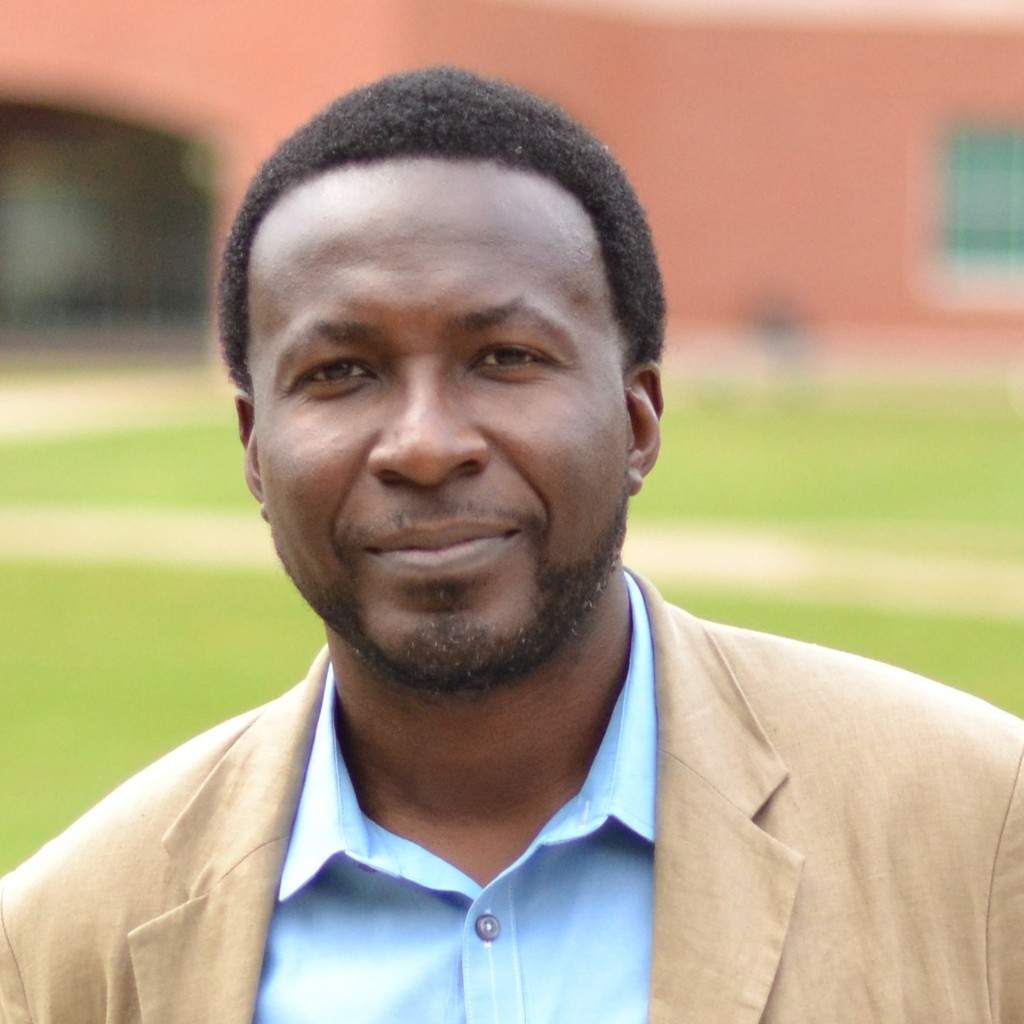Kimani C. Toussaint, Jr
University of Illinois at Urbana-Champaign, United StatesFor contributions to quantitative nonlinear optical imaging of tissues, polarization wavefront engineering in free space, and the development and application of multifunctional plasmonic nanoantennas.

Why does a light bulb come on when a switch is flipped? This was a question that Kimani C. Toussaint, Jr., Associate Professor at the University of Illinois at Urbana-Champaign, asked himself when he was 6-years old. His interest in optics came much later, when he met the late Anthony Garito, a physics professor during Kimani’s undergraduate education at the University of Pennsylvania. Before his encounter with Professor Garito, Kimani did not know that optics existed as a field. He found Professor Garito’s enthusiasm about optics contagious and always stayed after class to ask questions.
“It is interesting how such a simple act of encouraging a student to ask questions—both during and after class—could have such a profound impact on the student’s career path. Since that time I have taken that experience with me. So, now that I am a professor, I try to keep in mind the responsibility that comes with my position. In front of a class, I can help to either inspire or discourage a student, and I always strive for the former,” Kimani says.
Transitioning from predominantly African-American neighborhoods in inner-city Philadelphia to being one of the only African-American students in his classes at the University of Pennsylvania was a “culture shock” that left Kimani “feeling quite alienated.” However, with support from family and friends, and professors who gave him summer research opportunities, he excelled. When he began graduate school, he used his experience to help other students who felt isolated.
“A mentor does not have to be someone in your field or area, but someone who can offer you perspective,” Kimani says. He had many mentors over the years that advised him on coursework, how to teach classes, starting a research program, and even on skills such as conflict resolution. These mentors aided him to get where he is today with an established research program in both bio-imaging and nano-optics. In the beginning, he was encouraged to pick one topic or the other, but he found that he was successful in both and, in the end, did not have to choose between them. He pursued his interests and never looked back.
Today, his lab has “recently developed an imaging platform that combines second‐harmonic generation imaging, confocal microscopy, and classical Mueller‐matrix polarimetry,” Kimani explains. “We are really excited about understanding the polarization information that we extract from collagenous tissues.” Overall, his research has two primary aspects. The first, he says, “is on using light to understand the properties of biological tissues.” Some of the challenges they face in this work are identifying parameters most useful to assessing biological function and exploring ways to fabricate nanostructures in a way that can be scaled up inexpensively and without sacrificing the optical response. The second area his group focuses on, pertains to “understanding how nanoscale antennas can be designed and implemented to enhance the properties of light in the near‐field for unique applications.”
In terms of optics research in the United States, Kimani believes the focus has increasingly become more on the intersection of light with other scientific and technical areas such as materials, health and medicine, and energy. He says that while this likely reduces funding for basic curiosity-driven optics research, it provides an opportunity to bring optics more into the mainstream.
